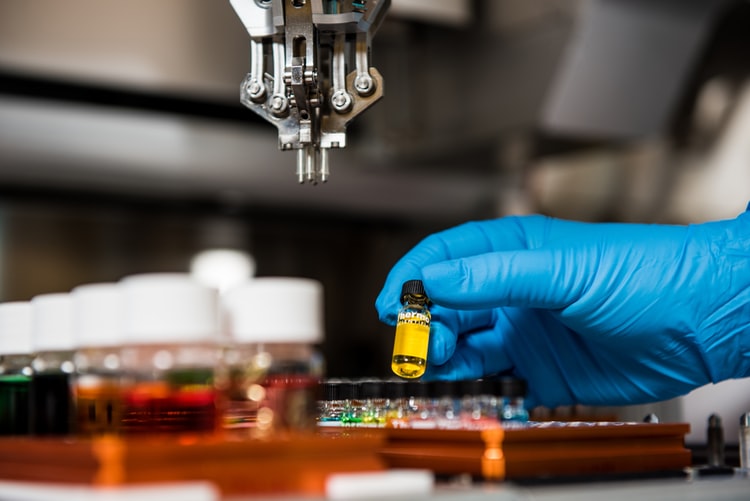
The Ministry of Health and Social Protection issued Resolution 740 adopting the biosecurity protocol for the management and control of the COVID-19 risk in the veterinary sector.
Likewise, the Ministry issued Resolution 748 adopting the biosecurity protocol to mitigate, control and properly manage the COVID-19 risk in the manufacturing of:
- Food and beverages
- Petrochemical, chemical, and related industries
- Other non-metallic mineral products
- Basic metallurgical products
These protocols are complementary to the general biosecurity protocol adopted through Resolution 666 of 2020.
For the veterinary sector, this protocol is also complementary to the measures deemed necessary by those responsible for each practice, clinic, and hospital.
The biosecurity protocol adopted for this sector includes the following measures:
1. General biosecurity measures established in resolution 666 of 2020
2. Manufacturing industries
2.1. Locative measures
2.1.1. Adequacy
2.1.2. Maintenance and disinfection
2.1.3. Working tools and equipment
2.1.4. Personal protection elements
2.1.5. Management of supplies and products
2.2. Human capital
2.2.1. Interaction within facilities
2.2.2. Interaction with third parties
2.3. Trips to and from the workplace
2.4. Communications plan
3. Manufacturing of food and beverages
3.1. Locative measures
3.1.1. Adequacy
3.1.2. Maintenance and disinfection
3.1.3. Working tools and equipment
3.1.4. Personal protection elements
3.1.5. Management of supplies and products
3.1.6. Waste management
3.2. Human capital
3.2.1. Interaction within facilities
3.2.2. Work organization alternatives
3.2.3. Interaction with third parties (suppliers, clients, allies, etc.)
3.3. External documents to consider
4. Petrochemical, chemical, and related industries
4.1. Locative measures
4.1.1. Adequacy
4.1.2. Maintenance and disinfection
4.1.3. Working tools and equipment
4.1.4. Personal protection elements
4.1.5. Management of supplies and products
4.2. Human capital
4.2.1. Interaction within facilities
4.2.2. Protocol for operational personnel: entry, exit and behavior in work areas
4.2.3. Protocol for administrative personnel: entry, exit and behavior in work areas
4.2.4. Interaction in feeding times
4.2.5. Work organization alternatives
4.2.6. Interaction with third parties (suppliers, clients, allies, etc.)
5. Manufacturing of other non-metallic mineral products and basic metallurgical products
5.1. Locative measures
5.1.1. Adequacy
5.1.2. Maintenance and disinfection
5.1.3. Working tools and equipment
5.1.4. Personal protection elements
5.1.5. Management of supplies and products
5.2. Human capital
5.2.1. Work organization alternatives
Monitoring of compliance with this protocol is in charge of municipal or district secretariats or entities that belong to these economic activities of the municipality or district in which each factory and the production and logistic chain operates, according to their administrative organization. This, regardless the surveillance conducted by the Ministry of Work regarding compliance with obligations by employers or by any another authority in the executions of its duties.